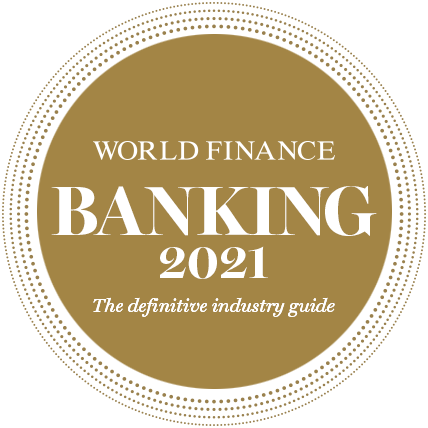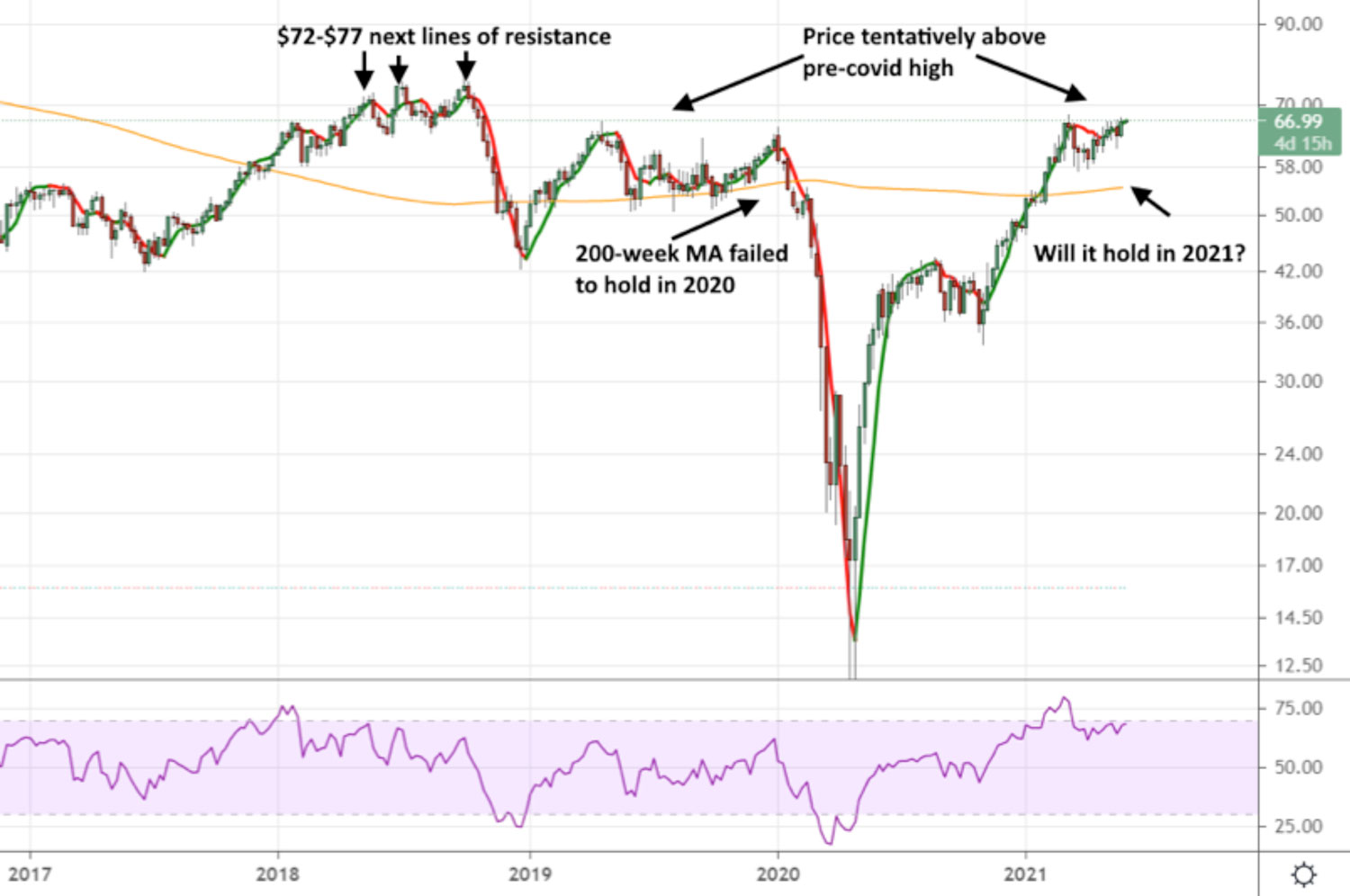Every so often, the corporate world is faced with apocalyptic societal events in which burying your head in the sand, as a strategy, becomes suicidal. In recent times, the COVID-19 pandemic and the time bomb of racism that finally exploded have shaken the mantle of corporate governance like never before. While companies tend to sit on the fence in moments of public upheaval, in the current crises remaining neutral could have been perceived as a sign of excessive pride and failure in governance.
On COVID-19, companies have been forced to respond boldly to a crisis that started as a health problem but quickly metamorphosed into a financial and economic nightmare threatening even their own existence. Across the globe, companies appreciated the need to forego the pursuit of profits to put the safety of customers and employees first. They even went further in committing resources to support government measures to contain the pandemic. In all aspects, companies had to bring out their human face.
On racism, the brutal murder of George Floyd in the US reawakened ghosts that corporates across the world can no longer ignore – the need for diversity. The ripple effects have been unprecedented. Not only are companies appreciating the need for diversity particularly in mid-level and upper echelons of management but programmes are being put in place to empower the less fortunate. In fact, being hesitant to take a political stand for fear of alienating customers has become secondary.
The PwC annual corporate directors survey 2020 amplifies this reality. Following the Black Lives Matter protests, corporates are changing policies and renewing commitments to diversity. About 84 percent of directors think companies should do more to promote diversity in the workplace. Retail giant Walmart CEO Doug McMillon spoke for many when he said, “we must work together to actively shape our culture to be more inclusive.”
An active role in diversity awareness
The need to be at the forefront in responding to challenges facing society has become the new normal. By all accounts, it is a powerful scale for measuring the belief, and commitment, to the principles of sound corporate governance. The days when companies used corporate social responsibility to camouflage their empathy on societal issues are long gone. In its place, the need to create shared value through environmental, social and governance (ESG) standards is playing a role in narrowing the gap between corporates and the societies in which they operate. In effect, it is helping to eliminate society’s near universal hatred of big companies that are often perceived to be self-serving and self-dealing.
The conscious decision by board leaderships to put the interests of the wider society at the heart of their existence comes with substantial rewards
The conscious decision by board leaderships to put the interests of the wider society at the heart of their existence comes with substantial rewards. In fact, society’s goodwill has proven to have a direct correlation with a company’s success or lack thereof. While it is one of the many factors at play in a company’s success, not currying favour in society can accelerate a downfall. The 18th-century American entrepreneur Marshall Field understood the power of goodwill when he opined that it “is the one and only asset that competition cannot undersell or destroy.”
The COVID-19 disruption and social unrest have also come with vital lessons for C-suite executives. Technology now defines the way of life. In the aftermath of Floyd’s murder, social media provided the tools for venting and calling the world to action. In the aspects of COVID-19, technology’s role was just as profound. Where boards were used to congregating in a boardroom to craft strategies, they are now being forced to meet remotely. Where manual processes seemed to work just fine before, now it’s a race towards digitisation.
A digital world
In fact, digital transformation has quickly become an issue of organisational survival because even post-COVID-19, the world will never be the same again. Bank customers, for instance, will maintain the trend of transacting online or through mobile phones. E-commerce, e-health, e-education and streaming entertainment among other trends will continue gaining prominence. For many companies, employees will continue working from home.
In its future of work after COVID-19 report, McKinsey reckons the pandemic has pushed companies and consumers to rapidly adopt new behaviours that are likely to stick. In essence, remote work and virtual meetings are likely to continue with some companies intending to reduce office space by 30 percent and companies will witness faster adoption of automation and artificial intelligence in their operations and processes. The ripple effects will lead to significant disruption of the labour markets.
For the board of directors, job security is always a live wire. No doubt that technology is forcing realignments of the workplace and in many cases instigating the need for downsizing. But balancing the need to maintain employees and adopt technology to enhance efficiency is never clear cut and is often a hornet’s nest for companies. Yet this is the reality facing boards in the modern era and going into the future. How they navigate could have far-reaching ramifications.
While it’s a no-brainer that technology and digitisation is a game-changer, it is also vital in enhancing transparency and accountability, which are critical components of sound corporate governance. In the wake of minimal physical interactions, the need for watertight checks and balances is paramount internally. Externally, companies must be open to shareholders, customers and other stakeholders. The bar is even higher for publicly traded companies.
Technology giant Apple is a classic case of companies grappling with the morality of transparency. Last year the company agreed to pay $113m to settle consumer fraud lawsuits over allegations that it secretly slowed down old iPhones in the ‘batterygate’ controversy. The company had first denied that it purposely slowed down the batteries only to later concede to deception.
Transparent, accountable and fair
It is important to acknowledge that although companies are taking deliberate measures to entrench corporate governance, policymakers and regulators are effectively playing the watchdog role. Left unchecked, companies can easily cross into ethically questionable territory. In China, fintech firms are feeling the heat of regulatory crackdown ostensibly due to poor corporate governance, regulatory arbitrage, unfair competition and damaging consumer interests.
The Chinese case, to an extent, must be taken in isolation. However, the role of regulators in improving corporate governance cannot be denied. This explains why regulators across the globe are in a constant motion of enacting and reviewing laws to curb poor corporate governance. In recent times, one area that regulators have come out strongly is in enforcing antitrust laws.
Faced with a changing world, and rigid regulators, companies are increasingly acknowledging that what is good for the goose is good for the gander. In essence, by being at the forefront of advancing the betterment of society and helping tackle adversities that threaten humanity, companies are bound to accrue handsome returns. This is well epitomised by the companies awarded in the World Finance Corporate Governance Awards 2021.
World Finance Corporate Governance Awards 2021
Angola
Sonangol
Brazil
CPFL
China
Nanjing Iron & Steel
Colombia
Grupo Nutresa
Denmark
Vestas Wind Systems
France
BNP Paribas
Germany
SAP
Ghana
Stanbic Bank Ghana
Greece
Mytilineos
India
WIPRO
Indonesia
Inalum
Italy
Nexi
Japan
Sony
Jordan
Jordan Islamic Bank
Kuwait
Zain Group
Mexico
Banorte
Myanmar
YOMA Group
Netherlands
Royal Dutch Shell
Nigeria
FBN Holdings
Portugal
Galp Energia
Qatar
Ooredoo Group
Saudi Arabia
The Red Sea Development Company
South Korea
Hana Financial Group
Spain
Iberdrola
Taiwan
U-Ming Marine
Tunisia
Banque Internationale Arabe de Tunisie
Turkey
Enerjisa Enerji
UAE
The Federal Authority for Identity & Citizenship
UK
Candrium
US
Avangrid
Vietnam
Petrolimex










